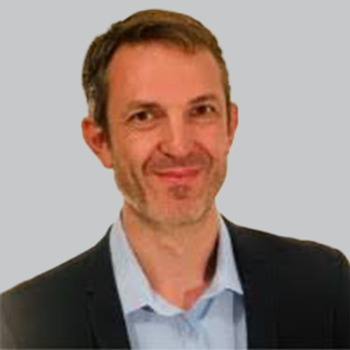
Cultural Shifts in Adapting to the New Criteria for Multiple Sclerosis Diagnosis: Marcello Moccia, MD, PhD
The assistant professor at the University of Naples discussed how implementation of new diagnostic criteria for multiple sclerosis will involve practical adjustments in imaging and diagnostic techniques as well as cultural changes in clinical practice. [WATCH TIME: 4 minutes]
WATCH TIME: 4 minutes
"Each MS unit should combine the different tools they have ease to access to make the diagnosis of MS. If they are not able to, they can refer the small subset of patients with suspected MS to other centers, but I think we need to be extremely pragmatic.”
Although the therapeutic landscape has constantly evolved, the effect on the use of various disease modifying treatments (DMTs) sequences in multiple sclerosis (MS) has been largely unexplored, specifically in relation to subsequent burden in healthcare systems. A newly presented study revealed that one of the most-frequently prescribed DMTs was ocrelizumab (Ocrevus; Roche), the only FDA-approved medication for both relapsing and progressive forms of MS. Between 2018 and 2022, 28.8% of the prescribed treatments for patients with MS were ocrelizumab, supporting its relevance in clinical routine.1
In the study, investigators included 3868 patients with MS from southern Italy who either received their first DMT or switch DMT prescriptions. In the study, ocrelizumab was associated with the highest persistence and adherence, and the costs were lower compared with those of other highly active DMTs. These results were presented at the
At the Congress, Moccia, an assistant professor in the department of molecular medicine and medical biotechnology at the University of Naples, sat down with NeurologyLive® to discuss how the integration of new imaging techniques, such as susceptibility weighted imaging sequences and optic nerve imaging, will impact the diagnosis of MS in clinical practice. Moccia, who also serves as a clinical research fellow at University College London, talked about the primary challenges that will potentially be faced by MS units when adapting to the new MS criteria. Furthermore, he spoke about how MS units can overcome limitations in available resources when implementing these new diagnostic protocols.
REFERENCES
1. Moccia M, Affinito G, Marrazzo G, et al. A 5-year population based study on ocrelizumab within different treatment strategies for multiple sclerosis. Presented at: 2024 ECTRIMS; September 18-20; Copenhagen, Denmark. Abstract P860.
Newsletter
Keep your finger on the pulse of neurology—subscribe to NeurologyLive for expert interviews, new data, and breakthrough treatment updates.


































